Endosteal vs Subperiosteal Implants
Subperiosteal implants are positioned beneath the gum line but above the jaw, whereas endosteal implants are cemented into the jaw. The American Dental Association (ADA) views both varieties of dental implants as secure and reliable. Though they are less common and more complex, other types of dental implants are also available, such as zygomatic and transosteal implants.
In the United States, endosteal implants are the most popular kind. This procedure involves surgically securing the tooth into the patient’s jawbone using blades, cylinders, or screws. Although there are situations in which an implant can support two or more prosthetic teeth, a single implant can support at least one dental prosthetic.
Endosteal Implants
The most common type of implant in the United States is endosteal, which translates to “in the bone.” This procedure involves surgically securing the tooth into the patient’s jawbone using blades, cylinders, or screws. Although there are situations in which an implant can support two or more prosthetic teeth, a single implant can support at least one dental prosthetic.
A dental implant body, which functions as an artificial tooth root, is inserted after making an incision in the jaw and drilling into the bone. An abutment is inserted into the body to hold the post—an artificial tooth—in place. It protrudes outward.

Subperiosteal Implants
Subperiosteal, which translates to “on the bone,” refers to the use of metal frames that are positioned directly beneath the gum line on the mandible. One or more posts are supported by the frame, to which crowns—artificial teeth—can be attached.
In cases where a patient has lost most or all of their front teeth or does not have enough bone height to support endosteal implants, a subperiosteal implant may be advised. Therefore, you might still have options if endosteal implants are not a good fit for you.
Surgical Vitallium or cobalt, chrome, and molybdenum make up a typical subperiosteal implant, however patient-specific subperiosteal implants can also be created. Every implant is created and manufactured using a model that is derived from either a direct bone impression or a CT scan.
If you’re considering dental implants but you’re not sure which type is right for you, the best thing you can do is speak with a member of our team. You may find that the perfect solution is more accessible than you realized.
Reserve a FREE Consultation
ARCHPOINT has been changing the lives of patients for many years and providing outstanding results. Don’t just take our word for it! – Check out our Patient Testimonial. Get a professional opinion from one of ARCHPOINT Implant Dentistry experts and learn how dental implants can change your smile. We offer free initial consultations—including a 3D scan—for anyone considering dental implants in Dallas, Southlake or Ft. Worth. Call ARCHPOINT Implant Dentistry to reserve a no-pressure dental implant consultation.








